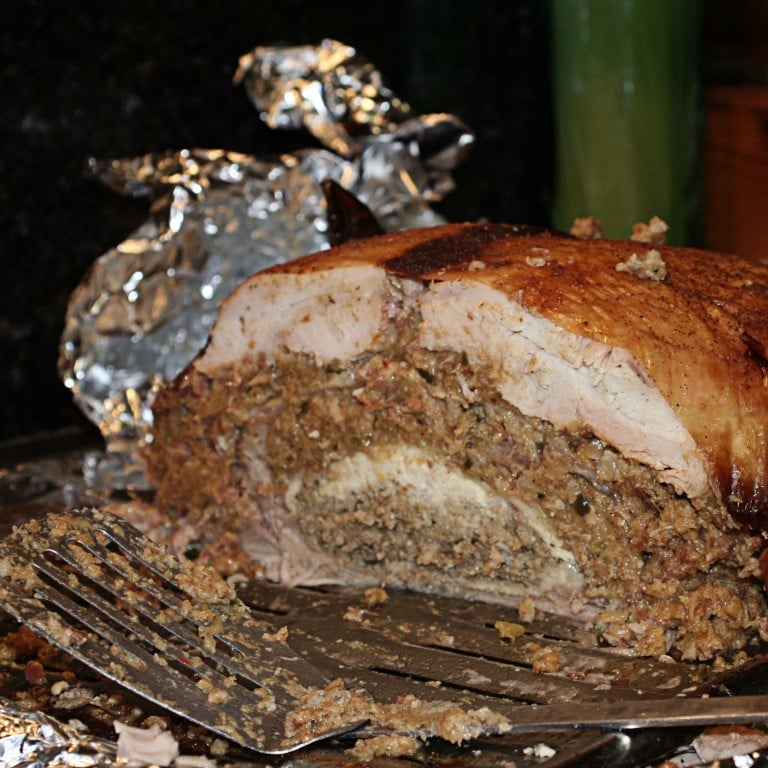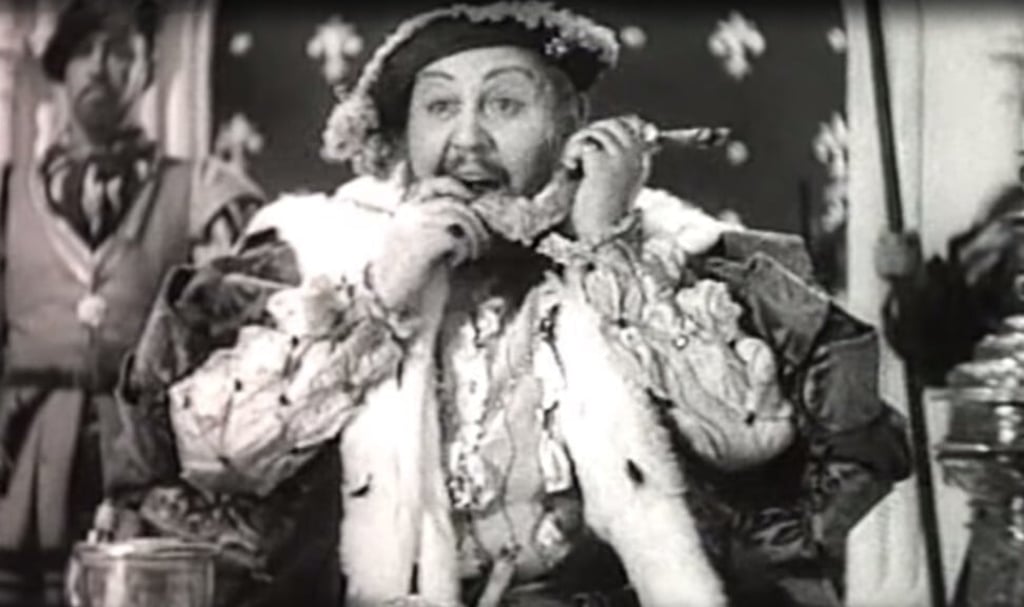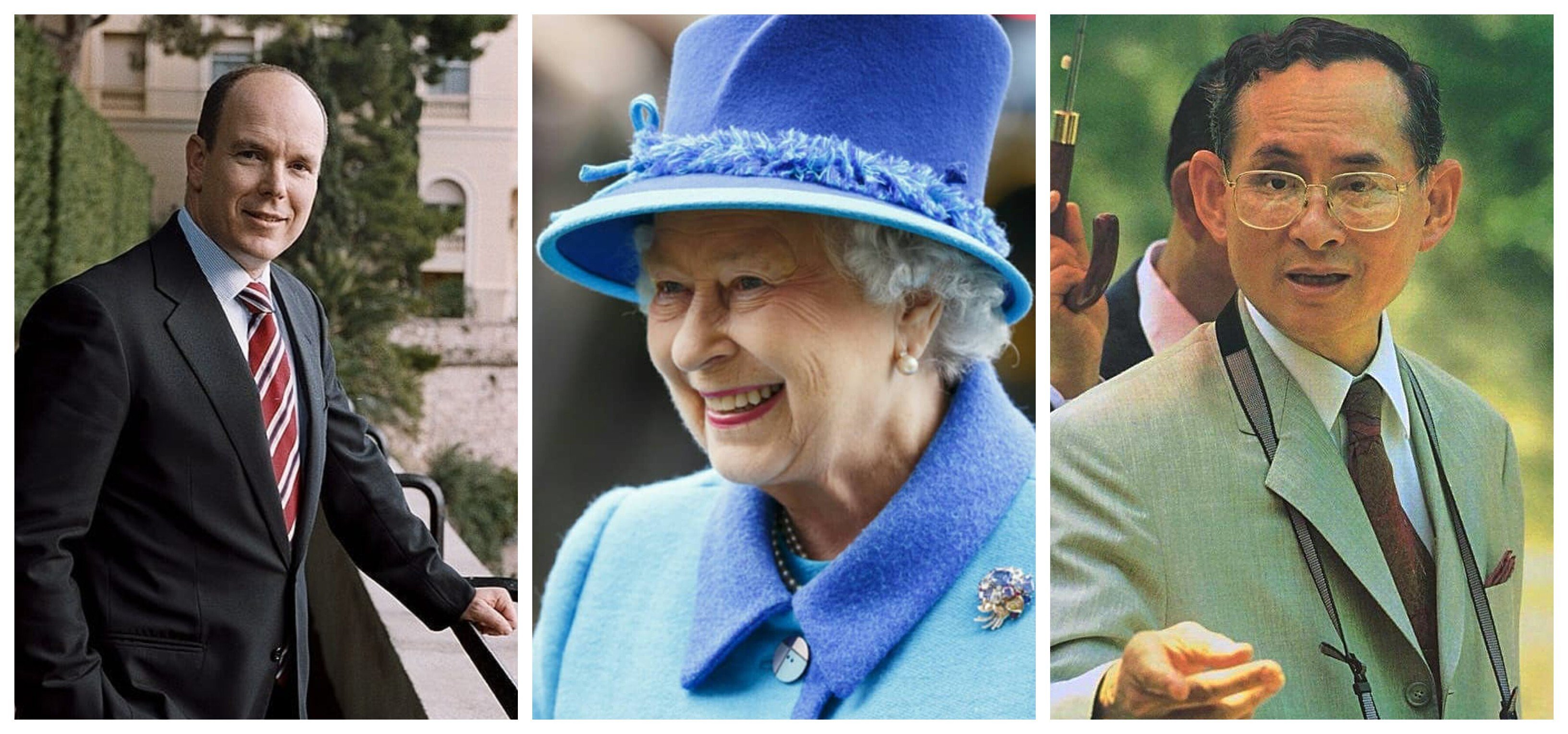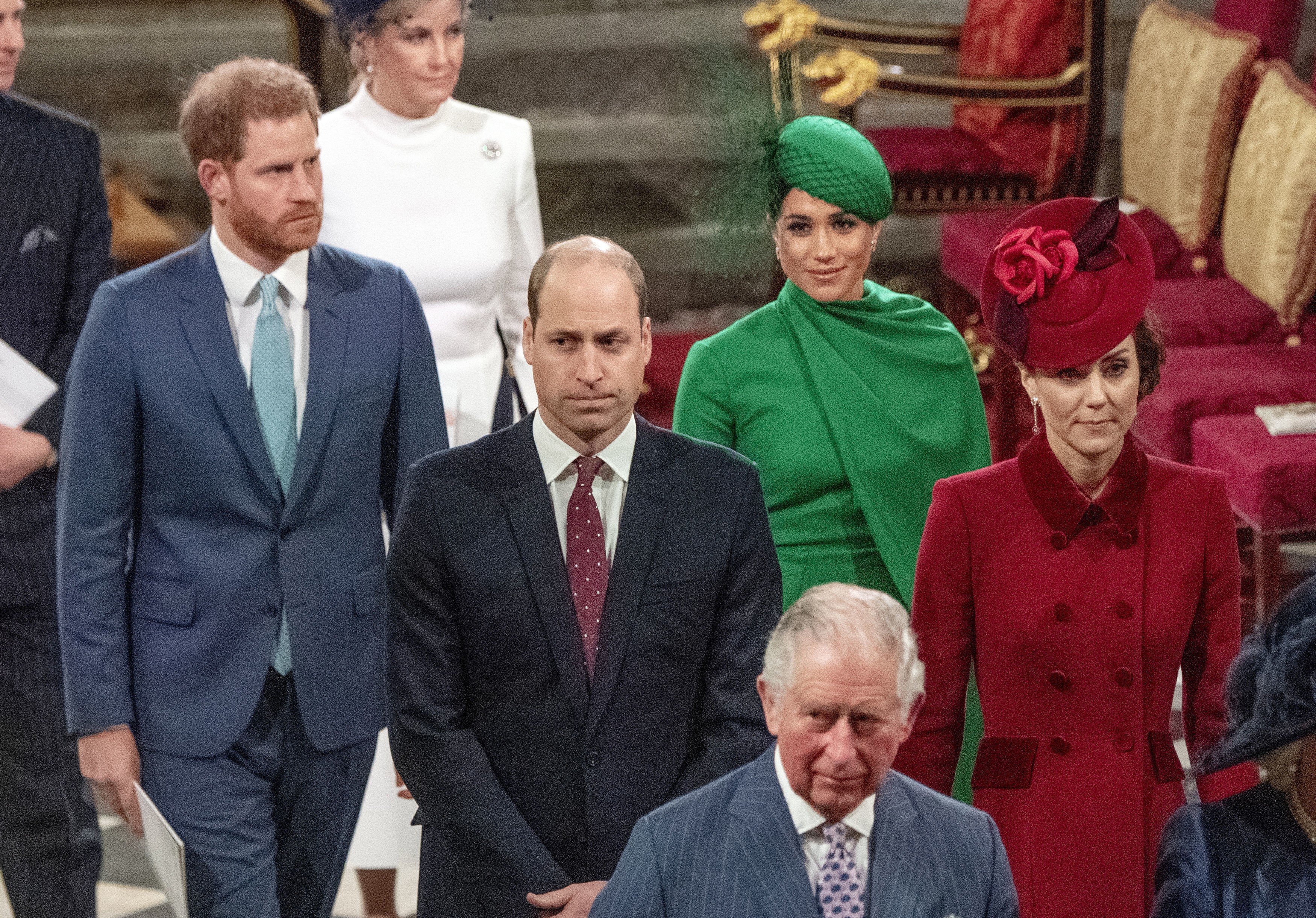Weird foods and eating habits of British kings and queens – from Henry VIII to Elizabeth I and Victoria

Take your pick of royal favourites – from boar’s head and beaver’s tail, cockentrice and turducken to peacock as the star of a 14-course banquet
Although today’s British royals seem to follow healthy diets, that was not the case for their ancestors. Here are some of the weird foods and eating habits of earlier kings and queens.
Henry VIII
Ruling England from 1509 to 1547, this Tudor king of England was known as a consumer of food and women – he did have six wives.
His residence was Hampton Court where he had 1,000 attendants, 200 of whom worked as kitchen staff. There were 18 kitchens and 50 smaller rooms for preparing fish, making pastry and pickling and bottling – there were no refrigerators back then.
With so many mouths to feed, the great kitchen featured six open fires with spits constantly roasting pig and venison. It was estimated they burned six to eight tons of oak in the fireplaces daily.

For breakfast, he often ate pike, plaice, roach, butter and eggs. He always ate with 30 of his courtiers each day, with breakfast at around 10am.
Spit-roasted meats were central to the daily diet with pork or mutton eaten on a normal day with peacocks, herons, egrets, deer and swans served up on special occasions. Banquets were 14-course show stoppers with peacock often the star. After roasting, it was presented on the table with its blue feathers and gold gilded beak in place. There was also cockentrice and other strange delicacies.









